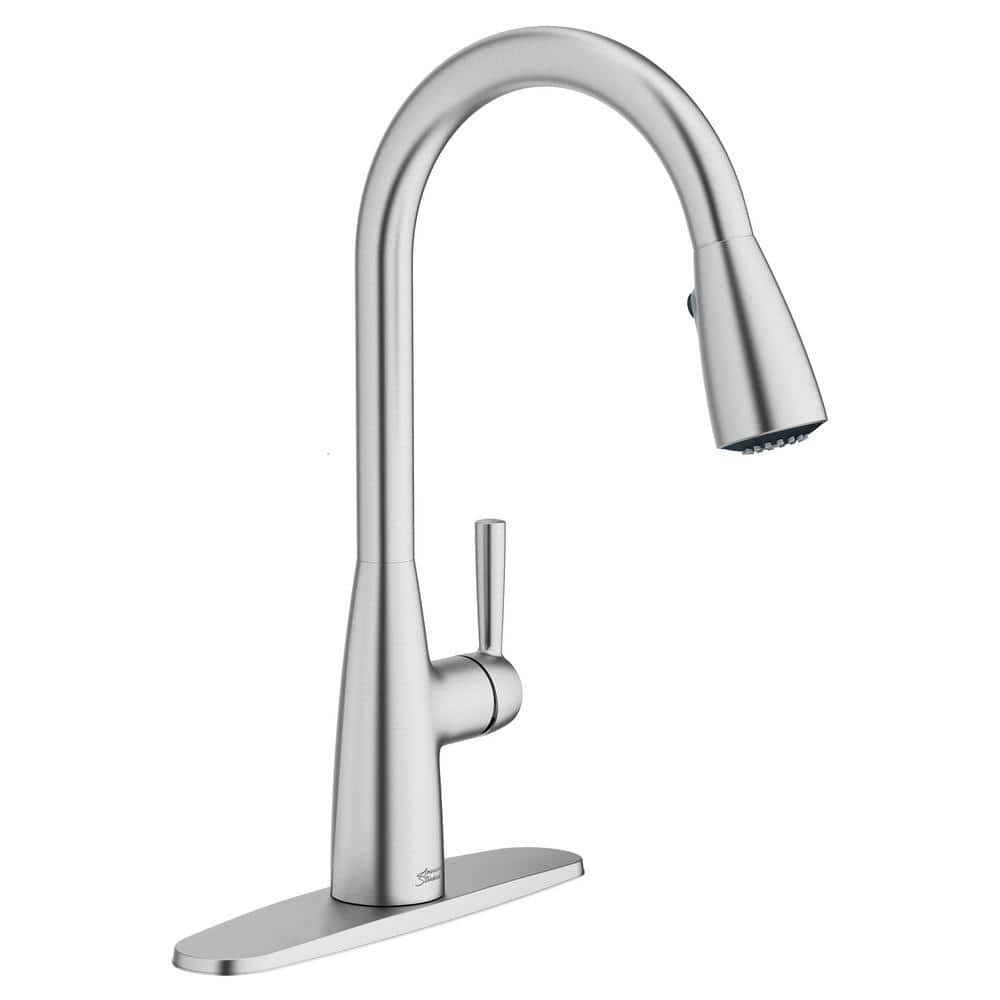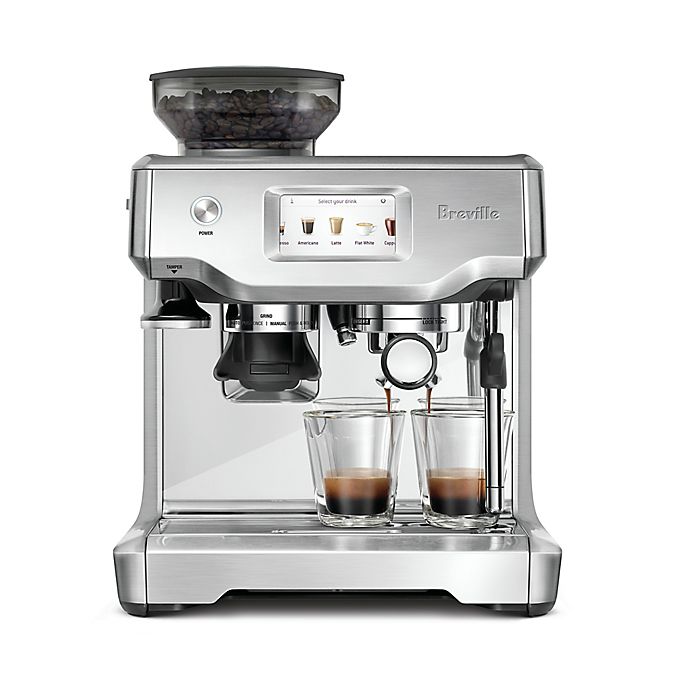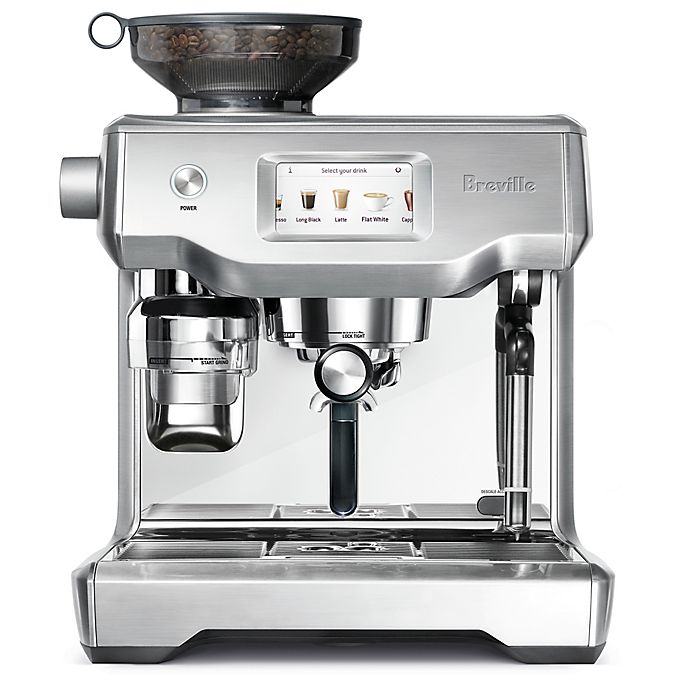American Standard Fairbury 2S Single-Handle Pull-Down Sprayer Kitchen Faucet in Stainless Steel
One hole install or use included deck plate for 2, 3 or 4 holes. Dual-function spray head with stream, spray and pause. Deck plate and supply lines included.
The Fairbury 2S Single-Handle Pull-Down Dual Spray Faucet from American Standard updates your kitchen with its sleek style and the superior functionality that is essential in every kitchen. This high-arc faucet with swivel spout makes it easy to fill large pots. Ergonomic, pull-down spray head provides a comfortable grip and features push-button access to stream, spray and pause functions. Re-Trax system makes pull-down and retraction of spray head smooth and easy. The Fairbury 2S Faucet is easy to install in kitchens with 1, 2, 3, or 4-holes in the sink or countertop, making it the perfect choice for any faucet refresh.
- Available exclusively at The Home Depot
- High-arc swivel spout to easily fill and clean large pots
- Swivel spout and pull-down spray head reach every corner of the sink
- Re-Trax system provides smooth, easy motion when pulling out and retracting spray head
- Pull-down spray head with push-button to switch between stream and spray
- Ceramic disc valve assures smooth control and a lifetime of drip-free, maintenance-free performance
- Memory position valve to turn water on and off at preferred temperature without readjusting handle position
- Speed Connect hoses easily snap together for a watertight connection
- Flexible and durable, the 38-inch supply lines resist wear and tear, included
- Durable metal construction
- ADA compliant lever handle
- Faucet can be installed with or without included deck plate
Additional information
| Connection size (in.) | 3/8 In. |
|---|---|
| Extended Hose Length (in.) | 35.5 |
| Faucet Height (in.) | 16.43 |
| Spout Height (in.) | 9.37 |
| Certifications and Listings | ADA Compliant, ANSI Certified, ASME Certified, CSA Certified, NSF Certified |
| Manufacturer Warranty | Limited Lifetime |






by Kim
I really like the looks of it on my sink. Water pressure is good and I really love the pull-out spray.
by Mucho
looks very nice and does the job !! easy to install.
by Aggie
I love this faucet should of bought this a long time ago.
by Ruckes
This was a simple replacement. Very easy to install once you have removed the old fixture. Easy to read instructions. Item was packaged nicely.
by Indira
I didn’t assemble the faucet but contractor who did it really loved how easy it was to install!!!
by Abby
High quality product. Buy with confidence.